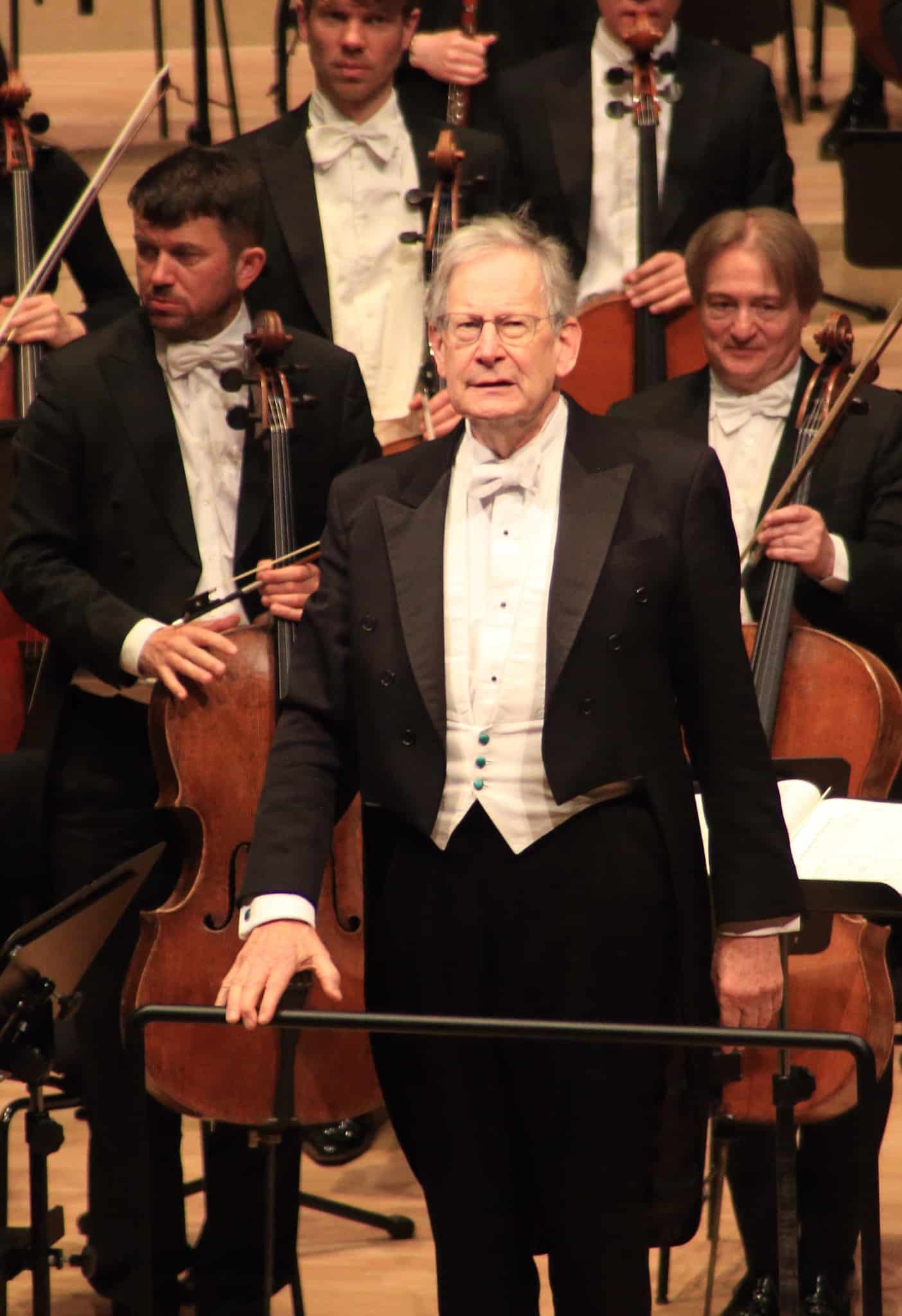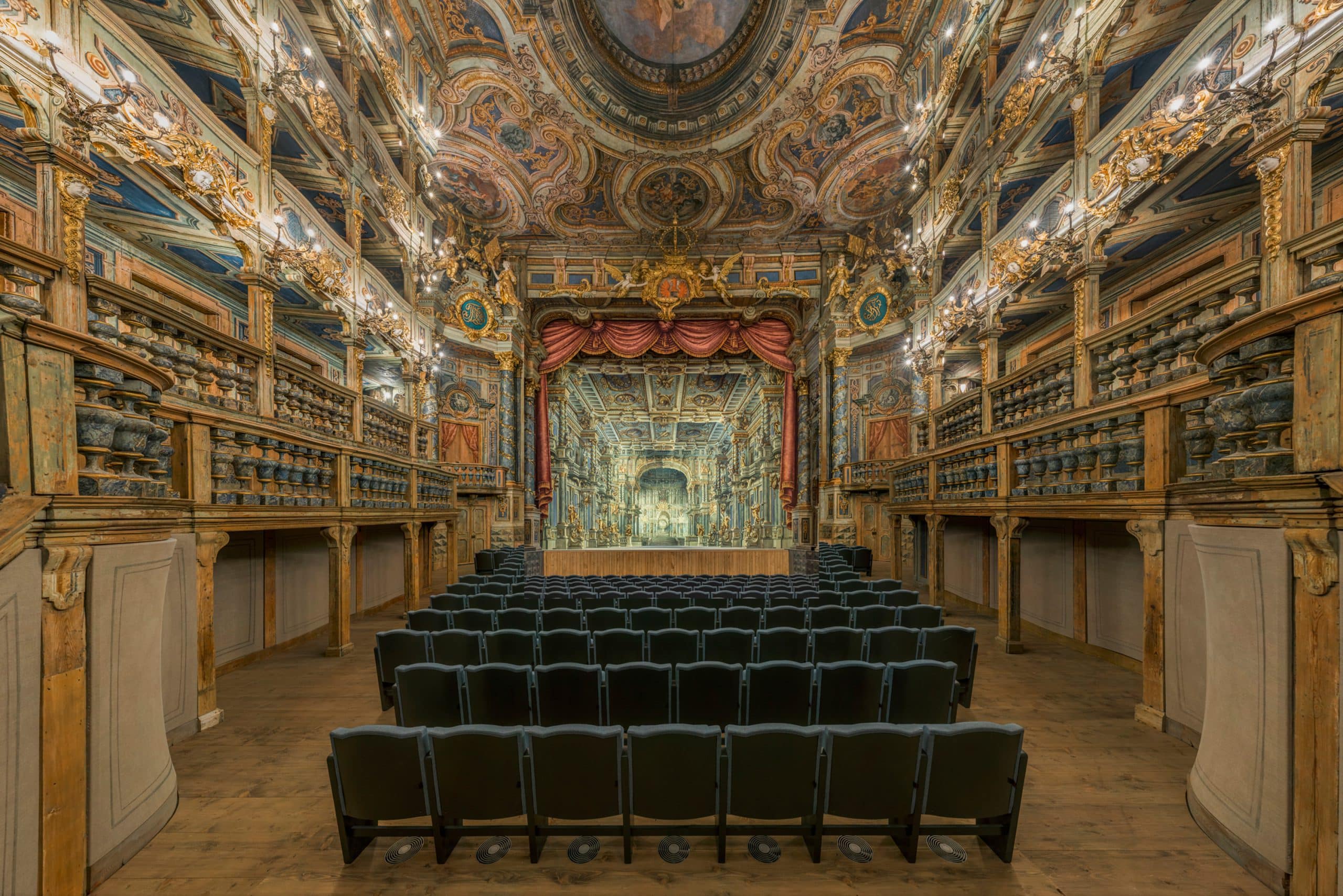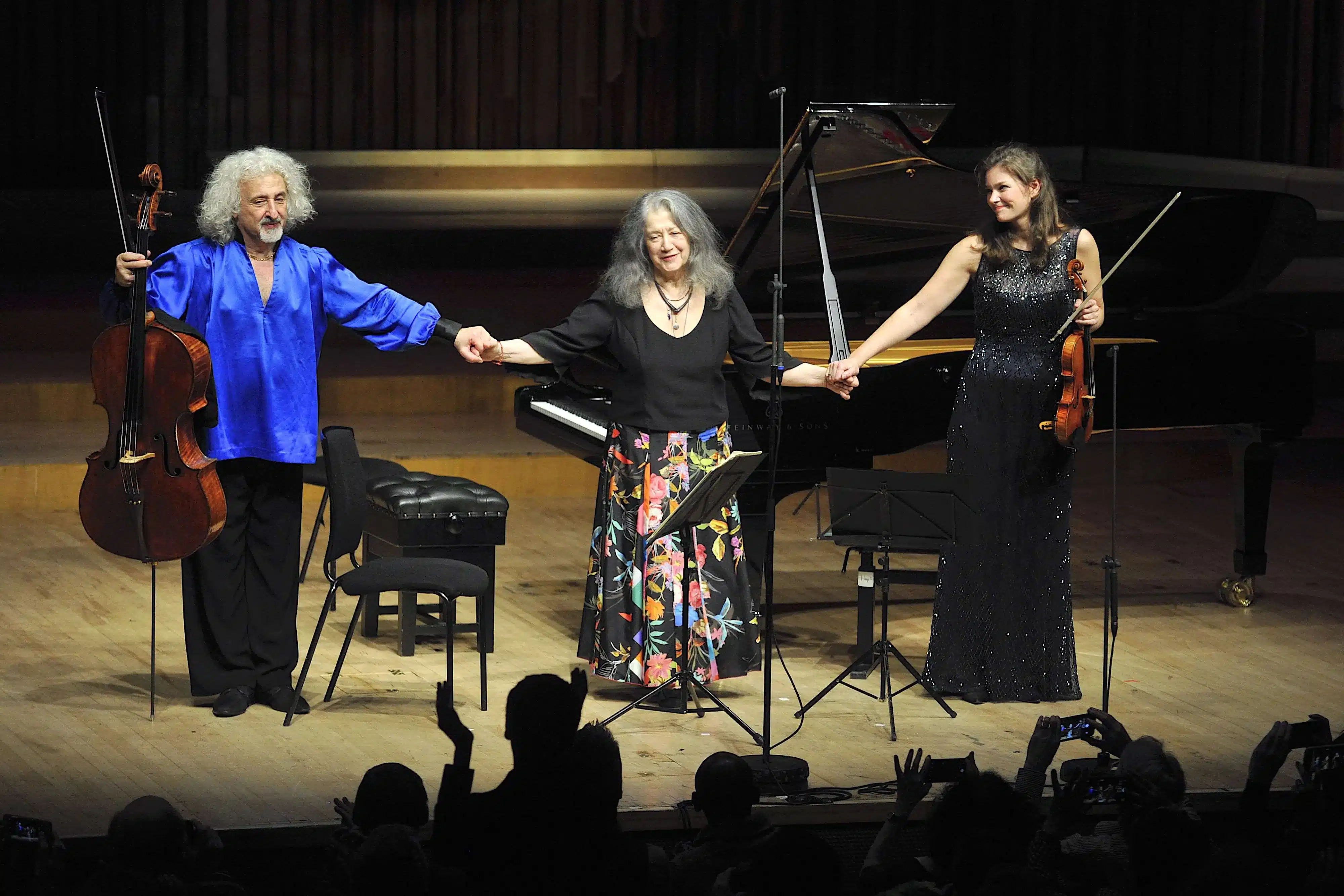City Opera is dead. Keep it that way.
mainThere’s a sordid little court squabble going on in New York between a pair of magnates who want to own the assets of City Opera, which went bankrupt in October 2013.
NY City Opera died of all too natural causes. It had a weak board, useless management, no discernible strategy and a subscriber base that lost patience. Way back, it had history. The history is what the scavengers want to own.
In a forensic analysis this morning, our regular commentator Shawn E. Milnes demolishes the rival claims and calls for dead dogs to be let lie.
Preamble: The façade completely crumbled on September 9th, 2013, two weeks before the opening of Anna Nicole, when General Manager George Steel announced (in a dear-god-help-us-the-sky-is-falling email) that the company needed to raise 7 million dollars in three weeks or else cancel the rest of the season.
Read here.






No mention in the preamble of Susan Baker, the former Chairperson of the Board, and her major role in the company’s demise. Her crusade to hire Gerard Mortier and inability to meet his demands were surely one of the last straws!
Milnes talks about all the new “operas” being performed in NYC, but this is a linguistic rationalization. Almost all the “operas” he refers to are actually chamber music theater, which is something quite different from the way the term opera is usually used. Without noting the distinctions between the two forms, our thinking becomes confused.
By European standards, the largest cities (Berlin, Munich, Paris, Vienna, etc.) usually have three kinds of venues: a big opera house, a smaller opera house, and a black box theater for chamber music theater. The Met is the only major opera house in the world that doesn’t have a black box theater for chamber music theater productions. And NYC is the only big major city in the world that doesn’t have an established smaller opera house for smaller opera productions.
Of course, one would expect nothing else from a country that ranks 39th in the world for opera performances per capita – behind every European country and just ahead of Costa Rica in position 40. Never mind, let’s just call chamber music theater “opera” so that Americans can keep the heads buried in the sand.
“Almost all the “operas” he refers to are actually chamber music theater, which is something quite different from the way the term opera is usually used.”
Benjamin Britten would have certainly raised an eyebrow at your assertion. Some of his greatest operas were written for not more than 13 players.
I think NYCO had a good concept in its final years under George Steele. His programming was very innovative. Anna Nicole was just one of many interesting planned projects. They would have greatly enlivened the international opera scene. It’s a true loss that they didn’t succeed. One of the biggest problems is that the NYCO never owned its own house.
Steele was much less successful with fund raising, but is he to be blamed for America’s dysfunctional system of funding the arts – which is unique and isolated in the world. It is ridiculous for a city the size of New York not to have a second, smaller opera house with a resident company. With the Met budget swelling to $320 million — twice the sum of its European counterparts who do as many performances — and right next door to the NYCO, how could there have been any funding left for the smaller company?
Under a system of cultural plutocracy, the fat cats service themselves luxuriously and tell the rest of the country to go to hell. That is the true problem, but you will look long and hard for any arts journalist who writes such unvarnished truth.
Wasn’t the Amato Opera NYC’s second house?
Amato was a tiny husband and wife operation in a little building in the East Village that performed operas with a “reduced orchestra.” By normal standards, their building wouldn’t qualify as an opera house; it’s about the size of a recital hall. The building is now abandoned and gutted. There’s a picture of it here; the image says a lot about the arts in America:
http://untappedcities.com/2014/01/07/abandoned-amato-opera-house-on-the-bowery-lower-east-side/
There are plans to renovate the building into expensive apartments for hedge funders.